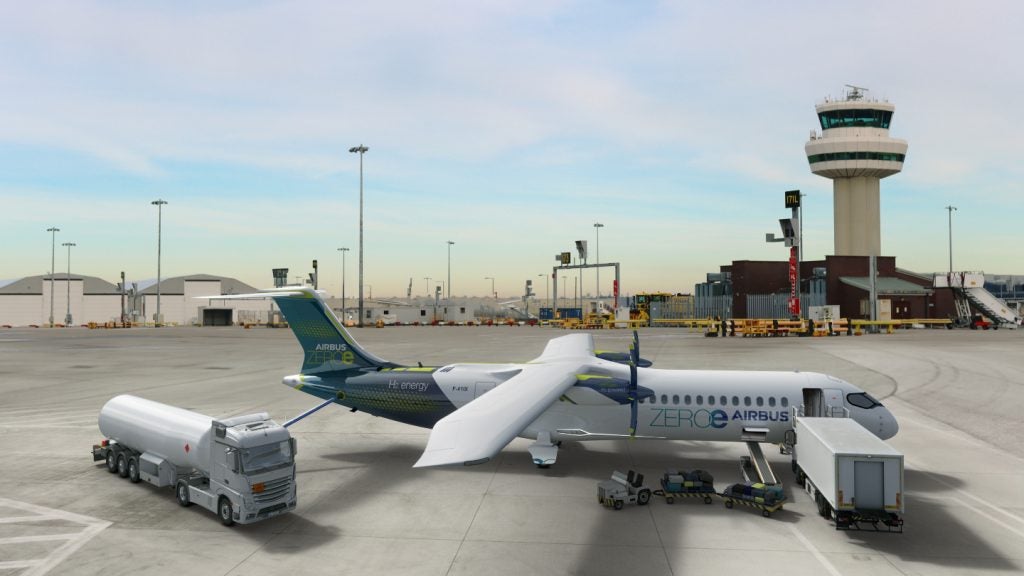Ryanair-has-announced-a-target-to-become-carbon-neutral-by-2050-the-aviation-industry-is-currently-responsible-for-2-of-manmade-carbon-emissions-and-airlines-must-confront-daunting-challenges-to-achieve-their-net-zero-goals”>Ryanair has announced a target to become carbon neutral by 2050. The aviation industry is currently responsible for 2% of human-made carbon emissions, and airlines must confront daunting challenges to achieve their net-zero goals.
Ryanair is pinning its decarbonisation hopes on sustainable aviation fuel (SAF). SAF can help, but it is not yet clear how much it can help. Ryanair intends to reduce 34% of its carbon by switching to SAF. The remaining reductions will come through technical and operational changes (32%), offsetting and economic measures (24%), and improved air traffic management (10%).
What is SAF?
SAF, also referred to as alternative jet fuel or renewable aviation fuel, is a promising option for airlines seeking to reduce their carbon footprint. Where conventional aviation fuel is derived from hydrocarbons, SAF is derived from renewable sources, such as municipal solid waste, cellulosic waste, used cooking oil, and camelina. SAF can reduce lifecycle emissions by up to 80%, compared to conventional jet fuel. Additionally, SAF is purer; it produces far less sulphur dioxide, and fewer particulates.
ASTM International, the relevant regulatory body, has approved multiple technologies for SAF production. These include Fischer-Tropsch, Hydroprocessed Esters and Fatty Acids (HEFA-SPK), Hydroprocessed Fermented Sugars to Synthetic Isoparaffins (HFS-SIP), and Alcohol-to-Jet Synthetic Paraffinic Kerosene (ATJ-SPK). Often, SAF is blended with conventional fuel to make it suitable for aircraft use.
Is SAF the answer?
Financially, there are both upsides and downsides to SAF. First and foremost, SAF is much more expensive to produce than jet fuel. The production process is more involved, and the supply chain is less mature. However, SAF can be cheaper too. As the source of feedstock is not limited to a particular production, refining, and storage location, local smaller-scale supply chains can be established to supply fuel to airlines. Additionally, SAF costs are more dependable than volatile hydrocarbon prices, which means smaller error margins can be used, which brings down costs.
See Also:
It is reasonable to conclude that SAF has the potential to replace conventional aviation fuel and significantly reduce the aviation sector’s emissions. Some oil refineries are switching to renewable fuel, or co-processing it, and new renewable fuel plants are being developed, such as Fujairah in the United Arab Emirates. Given the benefits SAF promises for both companies and governments, facilitating the transition to SAF may prove to be a lucrative long-term option for incumbent hydrocarbon companies. As more countries institute initiatives and regulations to encourage decarbonisation, SAF will become an increasingly attractive option.
How well do you really know your competitors?
Access the most comprehensive Company Profiles on the market, powered by GlobalData. Save hours of research. Gain competitive edge.

Thank you!
Your download email will arrive shortly
Not ready to buy yet? Download a free sample
We are confident about the unique quality of our Company Profiles. However, we want you to make the most beneficial decision for your business, so we offer a free sample that you can download by submitting the below form
By GlobalData









Related Company Profiles
Ryanair Holdings Plc